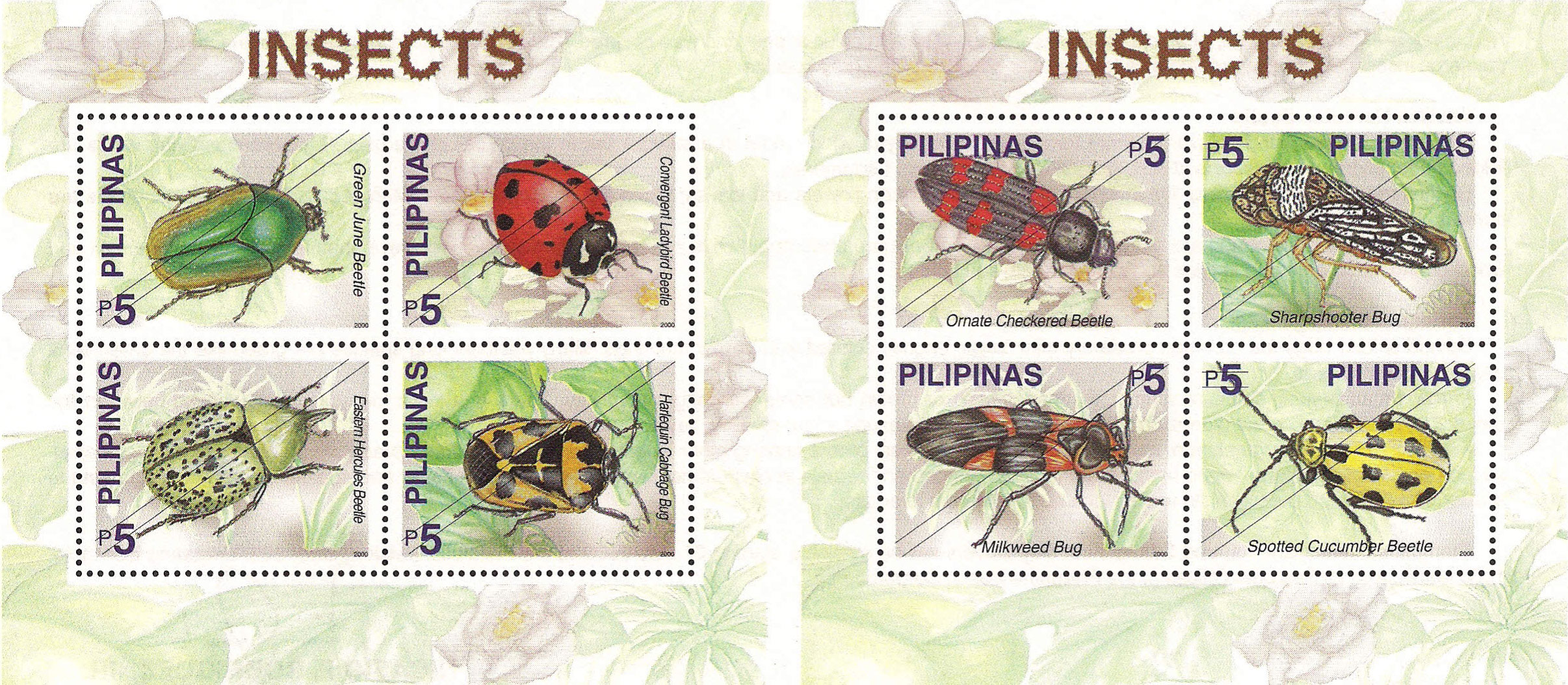Two scientific studies of the number of insects splattered by cars have revealed a huge decline in abundance at European sites in two decades. The research adds to growing evidence of what some scientists have called an “insect apocalypse”, which is threatening a collapse in the natural world that sustains humans and all life on Earth. A third study shows plummeting numbers of aquatic insects in streams.
The survey of insects hitting car windscreens in rural Denmark used data collected every summer from 1997 to 2017 and found an 80% decline in abundance. It also found a parallel decline in the number of swallows and martins, birds that live on insects. The second survey, in the UK county of Kent in 2019, examined splats in a grid placed over car registration plates, known as a “splatometer”. This revealed 50% fewer impacts than in 2004. The research included vintage cars up to 70 years old to see if their less aerodynamic shape meant they killed more bugs, but it found that modern cars actually hit slightly more insects.
“This difference we found is critically important, because it mirrors the patterns of decline which are being reported widely elsewhere, and insects are absolutely fundamental to food webs and the existence of life on Earth,” said Paul Tinsley-Marshall from Kent Wildlife Trust. “It’s pretty horrendous.”
“Most naturalists who are out in nature have seen this coming over a long time,” said Anders Pape Møller from the Paris-Sud University in France, who has been visiting the Danish study area for 50 years. “My colleagues remember going on summer holidays as children and their parents had to stop their car to clean the windscreen so they could continue. This is certainly not a problem any more.”
Insect population collapses have been reported in Germany and Puerto Rico, and the first global scientific review, published in February 2019, said widespread declines threatened to cause a “catastrophic collapse of nature’s ecosystems”. Insects pollinate three-quarters of crops and another recent study showed widespread losses of such insects across Britain.
The survey in Kent analysed nearly 700 car journeys reported by volunteers from June to August 2019. The bug splats on the registration plate were counted to calculate the number of impacts per kilometre. This was 50% lower than an RSPB survey using the same methodology found in 2004.
“The most surprising thing was how rarely we actually found anything on the plate at all,” said Tinsley-Marshall. This was despite the data showing that modern cars hit more bugs, perhaps because older models push a bigger layer of air – and insects – over the vehicle.
The Danish research, published in the journal Ecology and Evolution, used data from an average of 65 car journeys a year on the same stretch of road and at the same speed between 1997 and 2017. Møller took account of the time of day, temperature, wind speed and date of the journey and found an 80% decline in insect abundance over the 21-year period. Checks using insect nets and sticky traps showed the same trend.
Source: The Guardian, 12 Feb 2020
https://www.theguardian.com/environment/2020/feb/12/car-splatometer-tes…

- Login om te reageren
